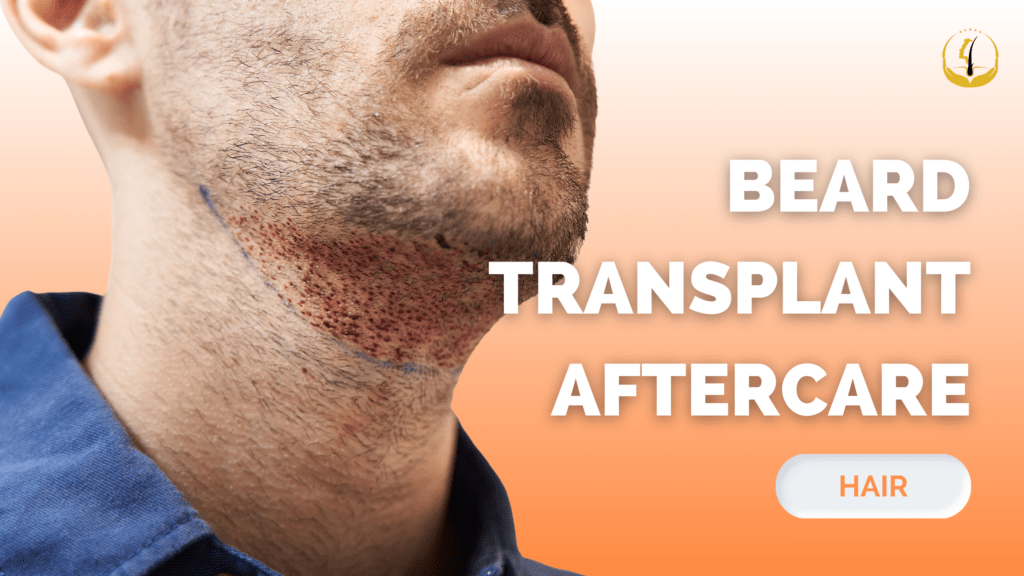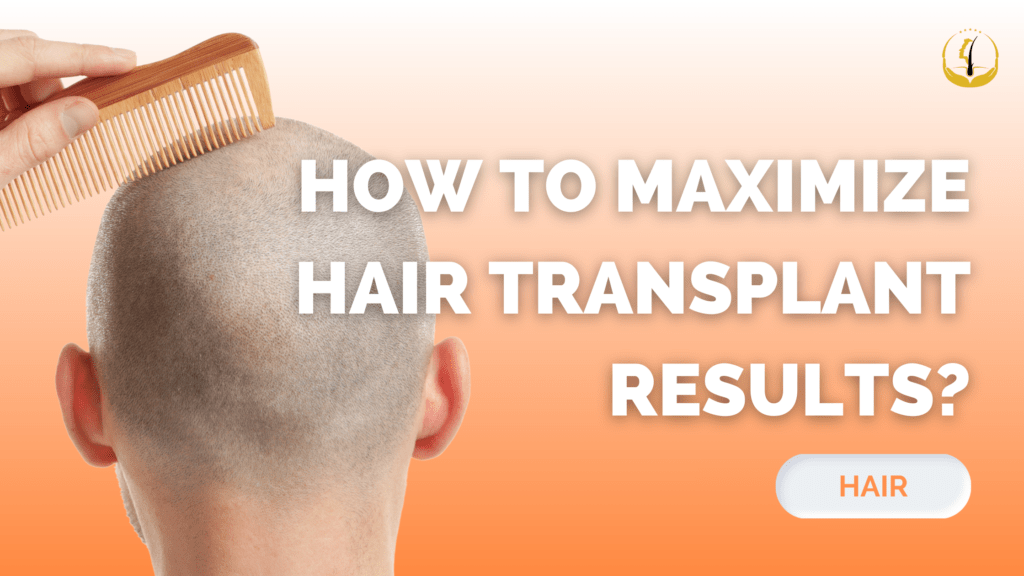Beard Transplant AfterCare

Beard transplants have emerged as a transformative solution for men seeking a more defined and fuller beard. While the surgical procedure lays the foundation for a new look, the journey continues with crucial aftercare. This article delves into the intricacies of beard transplant aftercare, offering insights on immediate post-transplant care and long-term strategies to nurture your newfound appearance. Immediate Post-Transplant Care Q: Why is it important to avoid touching the transplanted area immediately after the procedure? A: Touching or scratching the area can disrupt the healing process and potentially dislodge grafts, jeopardizing the success of the transplant. Q: What cleansing routine is recommended for the transplanted area? A: Gently clean the area using a mild, fragrance-free cleanser as per your surgeon’s instructions to prevent irritation and support healing. Q: Are there medications prescribed for immediate post-transplant care? A: Surgeons may prescribe antibiotics to prevent infections and anti-inflammatory drugs to minimize swelling during the initial healing phase. Q: Why is rest emphasized in the immediate post-transplant period? A: Rest is crucial for proper healing. Strenuous activities or exercises that increase blood flow to the transplant area should be avoided. Q: How can sunlight be harmful to the transplanted area, and what precautions are recommended? A: Direct sunlight can be harmful. Protect the area with a wide-brimmed hat or sunscreen with a high SPF when going outside. Long-Term Aftercare Q: Why do transplanted hairs initially fall out, and when can one expect new growth? A: Initial hair loss is normal. New growth will occur in the following months, emphasizing the importance of patience in the process. Q: How does a healthy lifestyle contribute to the long-term success of a beard transplant? A: A balanced diet rich in vitamins and minerals, especially Biotin, Vitamin E, and Vitamin D, promotes overall hair health. Q: What is the significance of a gentle beard care routine once new hair starts growing? A: A mild shampoo and conditioner maintain cleanliness and moisture. It’s essential to be gentle while shaving to prevent irritation. Q: Why are regular follow-up appointments with the surgeon crucial in long-term aftercare? A: Surgeons monitor progress and provide personalized guidance based on the individual’s healing process during follow-up appointments. Q: How do lifestyle factors like smoking and alcohol consumption impact beard transplant aftercare? A: Smoking impedes blood flow, hindering hair growth. Moderation in alcohol intake is advised to prevent dehydration and support hair health. In conclusion, beard transplant aftercare is a holistic process vital for a successful and enduring transformation. Following these guidelines, maintaining a healthy lifestyle, and prioritizing regular check-ins with your surgeon contribute to the longevity and overall success of your beard transplant. As you patiently nurture your new beard, you’re not just enhancing your physical appearance but also boosting your self-confidence and well-being. Click the link to learn more about Beard Transplants: “What to Expect During Beard Transplant Procedure?”
How To Maximize Hair Transplant Results?

Losing hair can take a toll on one’s self-esteem, and fortunately, hair transplant procedures offer a lasting solution. To ensure you reap the maximum benefits from your investment, this article delves into expert tips designed to optimize your hair transplant results. Choose a Skilled Surgeon Q: How crucial is the choice of a surgeon for maximizing hair transplant results? A: It’s paramount. Select a licensed doctor with experience and a good track record. Research qualifications, read reviews, and view before-and-after photos to assess their expertise. Understand the Procedure Q: What are the key differences between FUE and FUT procedures? A: FUE involves extracting individual follicles, while FUT removes a scalp strip. Understanding these methods’ pros and cons aids in making an informed decision. Follow Pre-Transplant Instructions Q: Why is it important to adhere to pre-operative instructions? A: Pre-op guidelines, such as avoiding certain medications and habits, optimize your body for the procedure, enhancing the chances of successful graft survival. Plan for Post-Transplant Care Q: How does post-operative care contribute to optimal results? A: Careful adherence to post-op instructions, including prescribed medications and lifestyle adjustments, minimizes complications and supports optimal graft growth. Be Realistic About Expectations Q: What’s the significance of realistic expectations in the hair transplant journey? A: Patience is key. Understand that visible results may take months, and managing expectations ensures a positive and realistic outlook. Maintain a Healthy Lifestyle Q: How does a healthy lifestyle contribute to hair transplant success? A: A balanced diet rich in nutrients promotes overall hair health. Stay hydrated, manage stress, and incorporate relaxation techniques for optimal results. Avoid Smoking and Alcohol Q: Why is quitting smoking and moderating alcohol intake advised for maximizing results? A: Smoking and excessive alcohol can impede blood flow, affecting healing and hair growth. Quitting or moderating aids in maximizing transplant success. Protect Your Scalp from the Sun Q: How does sun protection contribute to the success of a hair transplant? A: UV rays can damage the scalp and hinder graft growth. Wearing a hat or using high-SPF sunscreen safeguards your scalp during the recovery phase. Follow Your Surgeon’s Aftercare Advice Q: Why is it important to follow specific aftercare advice from the surgeon? A: Customized aftercare, including gentle shampooing and product use, ensures the health of transplanted hair and contributes to long-term success. Stay Committed to Follow-Ups Q: Why are follow-up appointments crucial after a hair transplant? A: Follow-ups allow the surgeon to monitor progress, make adjustments, and address concerns, ensuring your hair transplant results align with expectations. In conclusion, a successful hair transplant journey relies on meticulous planning and commitment. By choosing a skilled surgeon, understanding the procedure, and following pre-and post-operative instructions, you set the stage for optimal results. Maintain a healthy lifestyle, protect your scalp, and commit to follow-ups for a fuller head of hair and renewed self-assurance. Remember, patience and diligence are key to maximizing your hair transplant investment. Click the link to learn more about Hair Transplants: “How is Failed Hair Transplant Corrected?”


